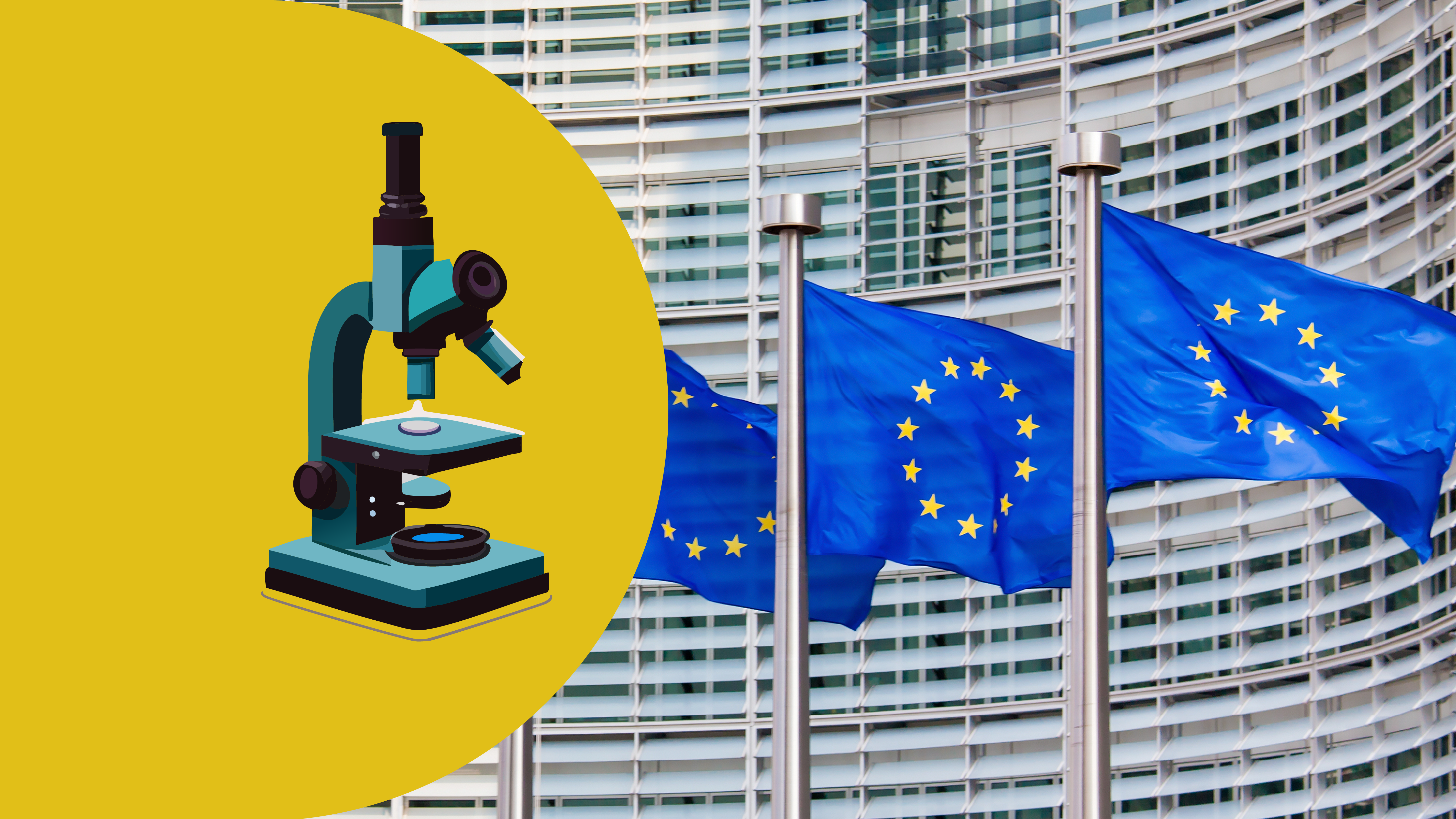How Horizon Europe’s successor can unlock food innovation
Policymakers planning to shape the future of European research have a golden opportunity to capitalise on the expertise being developed by a growing network of food innovators.
20 March 2025

Policymakers planning to shape the future of European research have a golden opportunity to capitalise on the expertise being developed by a growing network of food innovators.
Discussions are now underway to design FP10 – the successor to the EU’s flagship Horizon Europe research programme – which starts in 2028 and could lay the foundations for the region to take a leading role in food biotechnology, competing with the likes of China.
The European Parliament recently presented a report assessing Horizon Europe and making recommendations for FP10, while debates have already started over whether the future programme should be incorporated into a new European Competitiveness Fund.
But whatever shape FP10 takes, the programme presents unique opportunities to ensure that findings by European scientists working in this field go on to have an economic impact here.
A report by the systems change company Systemiq laid bare the commercial opportunity presented by plant-based, cultivated meat and fermentation-made foods. It found that if given the right support, protein diversification could be worth up to €65 billion and could create up to 250,000 future-proof jobs in Germany alone by 2045.
World-leading research community
As analysis by the Good Food Institute Europe has demonstrated, Europe is well-placed to reap these rewards.
More than a quarter of all European research papers ever written examining these foods were published in 2023 alone – 472, compared to just 19 in 2010 – while patent publications by European alternative protein innovators have jumped by an astonishing 960% over the last decade.
The region now has an established research community, supported by a rise in R&I funding from individual countries and the European Commission.
But despite Europe’s strengths, the true value of this expertise will fail to be realised unless protein diversification is treated as a priority in FP10, meaning alternative proteins risk going the same way as solar panels and other innovative concepts that are now manufactured in other regions.
Former European Central Bank president Mario Draghi recently highlighted that Europe has a historic problem with translating scientific excellence into marketable innovations, while the expert group behind the Heitor report has called for technology scale-ups to make Europe globally competitive, secure and sustainable.
Boosting Europe’s technological expertise
Research into much-needed technical advancements, including developing better ways to use agricultural sidestreams as a feedstock for fermentation-made foods, has so far been overlooked, meaning many startups lack the basic scientific knowledge needed to get off the ground.
FP10 should focus on increasing the number of funding calls for areas with a low technology readiness level (TRL), such as projects aimed at improving the taste and texture of alternative proteins.
This would create a pipeline of new open-access research that can be used by academics and startups, avoiding existing problems caused by private-sector researchers independently working on solutions to the same problem.
Increasing levels of collaboration
Another issue that risks holding Europe’s alternative protein field back is a lack of collaboration, particularly between researchers and industry.
FP10 is uniquely suited to bring those players together by including funding calls that connect all parts of the supply chain – from farmers growing protein crops to researchers exploring new ways of processing them and businesses turning them into delicious and affordable plant-based products.
Existing projects such as the ValPro Path project, which aims to develop locally grown ingredients for plant-based meat, have already demonstrated the value of these approaches.
The new programme could boost collaboration further by investing in consortia-based projects enabling researchers to work closely with businesses. It could also encourage stronger participation from small and medium enterprises (SMEs) by adopting more flexible approaches, removing administrative barriers and simplifying reporting.
Building the infrastructure Europe needs
Another major problem for European food innovators is that the large-scale facilities needed to ramp up production don’t yet exist, leading to the danger that new products get stuck in the development phase or are manufactured abroad.
FP10 can address this by making more public funding available to bridge Europe’s infrastructure gap and should focus on funding strategic projects throughout their life cycles – from early-stage development through the scale-up process – enabling startups to commercialise their products and ultimately bringing down the cost to consumers.
Calls focusing on the regulatory safety of novel foods could also encourage startups and researchers to better understand this key area.
Establishing more centres of excellence – emulating the success of existing projects such as Denmark’s CellFood Hub, Catalonia’s CiPA and Sweden’s Biotech Heights – can help provide access to technical expertise and pilot scale infrastructure – both critical for SMEs in their journey to market.
FP10 comes at a critical time for this emerging ecosystem. By adopting a strategic focus on food biotechnology, the programme can ensure researchers and entrepreneurs access funding at every stage, enabling innovators to not only stay in Europe – but to thrive here.
By prioritising this area, the programme can help boost the EU’s international competitiveness and enable Europe to reap the benefits of protein diversification – food security, green growth and job creation.
